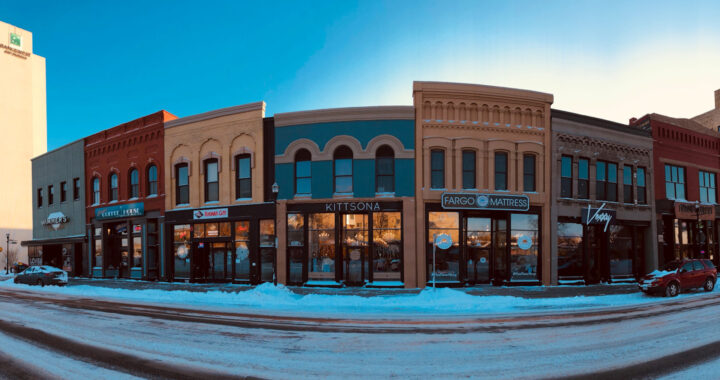The personal finance research platform WalletHub has released its annual report ranking the hardest-working states in the United States for 2025. This coincides with ongoing discussions about labor, productivity, and employee well-being. The findings provide valuable insight into varying work habits across states, while also highlighting differences in employment, work hours, leisure, and cultural approaches to labor.
Who Works the Hardest in America: WalletHub Ranks the Hardest-Working States in 2025
Measuring the Work Habits of Americans
WalletHub evaluated all 50 states using 10 major indicators divided into direct work measures and indirect work measures. Direct measures included average weekly work hours, employment rates, the share of adults not working or out-of-work adults, vacation underuse, worker engagement, and the proportion of youth not in school or employment.
The ranking placed greater weight on direct measures, especially average workweek hours, which carried triple influence, and employment rate, which carried double influence. These elements emphasized core productivity and activity levels of state residents to distinguish states with the most consistent patterns of employment and work engagement.
Indirect measures contributed to the assessment by including average commuting times, multiple jobholding, volunteer hours per resident, and daily leisure time. These provided a broader look at how labor, lifestyle, and community involvement intersect, allowing a fuller understanding of each state beyond strict measures of employment or work hours.
Top Ten Hardest-Working States
North Dakota led the national ranking in 2025 and is named the hardest-working state with strong results across direct measures, followed closely by Alaska and South Dakota. These three states outperformed others in weekly work hours and employment rates, creating a distinct profile of regions with robust labor force participation and activity levels.
Texas, Hawaii, and Virginia secured the next positions in the ranking. Texas specifically showed one of the longest workweeks in the country, while Hawaii particularly stood out for the prevalence of volunteer activities, and Virginia demonstrated a balance of solid direct measures, which are further supported by positive results in indirect measures.
Other states in the list are New Hampshire, Wyoming, Maryland, and Nebraska. They maintained strong employment participation, engagement among workers, and, in some cases, significant volunteer contributions. Each is placed within the higher tier overall, reinforcing their reputations as states where residents demonstrate consistent work commitment.
Specific Insights from Leading States
North Dakota achieved its first-place ranking by maintaining nearly universal employment and low levels of idle youth. Members of its labor force work close to 40 hours per week on average. However, a significant portion of this labor force left vacation unused, raising concerns regarding the balance between high productivity and limited rest opportunities.
Alaska secured the second position primarily due to recording the highest average workweek across the United States, exceeding 40 hours. A notable portion of its labor force held multiple jobs, reflecting both a strong work ethic and possible economic pressures, which created mixed outcomes in terms of resident lifestyle and well-being.
Texas, despite ranking fourth, revealed underlying worker dissatisfaction. Its labor force averaged long weekly hours and minimal leisure time, yet employee happiness scores placed the state among the lowest nationally. Analysts linked this disparity to wage concerns, healthcare costs, and a cultural emphasis on continuous work over rest.
The Least Hard-Working States
The WalletHub report also identified the states that ranked at the bottom, reflecting weaker overall labor activity. States such as Michigan, West Virginia, and New York occupied these positions, and this is largely due to shorter average workweeks, lower employment participation, and higher percentages of adults not consistently engaged in the workforce.
Michigan ranked as the least hard-working state. It specifically placed 50th spot overall in direct measures, such as average weekly hours, household employment participation, and worker engagement. The state also recorded the fifth-lowest employment rate nationwide, securing 46th place in this specific factor, which further weakened its overall performance.
The placement of New York near the bottom reflected long commute times and extensive daily leisure hours, both of which reduced its final ranking despite relatively strong employment rates. Both direct and indirect measures indicate that lifestyle patterns and urban density contributed to these results, offering a sharp contrast with top-performing states.
National Trends and Cultural Context
American workers averaged over 1800 hours annually, a figure higher than several developed nations, including Germany, and lower than countries such as Colombia. These comparisons show how American work culture, while demanding, occupies a middle ground between European labor standards and those of certain developing economies.
Unused vacation emerged as a widespread concern. Roughly 30 percent of employees across the nation failed to take available paid time off during the past year, while approximately 5 percent did not use any days at all. This trend underscored potential risks of exhaustion or work-related burnout, low motivation and morale, and diminished personal satisfaction.
WalletHub explained that its report aims to explore and quantify state-level work ethic, highlight cultural differences in labor practices, and provide context for ongoing debates about work-life balance. By publishing these rankings annually, the platform seeks to stimulate public discourse and inform policy decisions that affect American workers.





